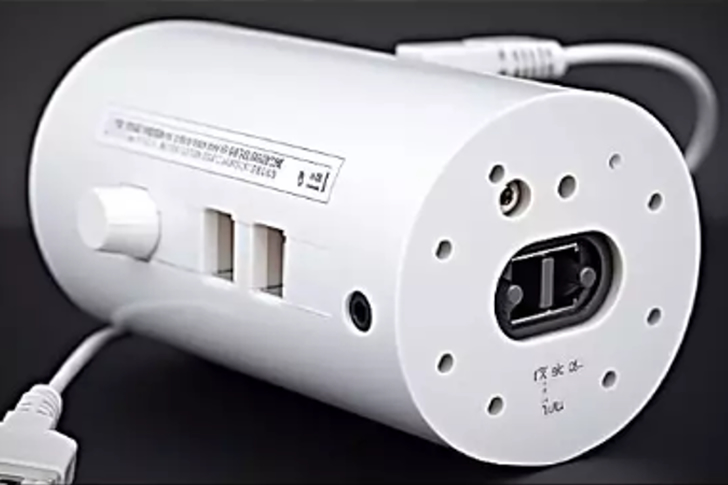How to Maintain Reliable Home Internet Service
In today’s digital age, a dependable home internet connection is more crucial than ever. Whether it’s for remote work, online schooling, streaming entertainment, or staying in touch with loved ones, a stable internet connection underpins many aspects of our daily lives. This guide will provide you with practical advice on how to maintain a consistent and reliable internet connection at home.

Understanding Home Internet Basics
The foundation of good home internet service lies in understanding the key components that affect connectivity:
- Internet Service Provider (ISP): Choosing the right ISP is crucial. Providers differ in terms of connection types, plans, speeds, and customer service.
- Connection Type: Common types include DSL, cable, fiber-optic, and satellite. Fiber-optic connections generally offer the fastest and most reliable internet speeds.
- Bandwidth: This refers to the maximum rate at which data can be downloaded over an internet connection and is a critical factor in determining the quality of your internet experience.
Tips for Enhancing Home Internet Connectivity
1. Optimize Router Placement:
- Place your router in a central location in your home to avoid signal blockages from walls and furniture. Ideally, the router should be placed above floor level and in an open space.
2. Update Your Equipment:
- Technology evolves rapidly. Updating your modem and router to the latest specifications can significantly improve your connection. Consider devices that support the latest Wi-Fi standards, such as Wi-Fi 6.
3. Secure Your Wi-Fi:
- Ensure your Wi-Fi network is secure to prevent unauthorized access that can slow down your connection. Use a strong, unique password for your Wi-Fi network and consider using WPA3 encryption.
4. Limit Interference:
- Household appliances like microwaves and cordless phones can interfere with Wi-Fi signals. Keep your router away from these devices, and consider using a dual-band router that operates on both 2.4 GHz and 5 GHz frequencies.
5. Manage Bandwidth Usage:
- Be aware of how many devices are connected to your network and what they are used for. Devices streaming video or performing large downloads can consume a lot of bandwidth. Consider setting priority levels for devices or applications through your router’s Quality of Service (QoS) settings.
6. Regularly Test Your Internet Speed:
- Use online speed testing tools to monitor your internet speed regularly. This can help you determine if you’re getting the speed you’re paying for and when it might be time to troubleshoot or talk to your ISP.
7. Use Wired Connections When Possible:
- While Wi-Fi is more convenient, wired connections via Ethernet cables can provide faster and more reliable internet speeds, especially for devices that require high bandwidth.
8. Consider a Mesh Network System:
- For larger homes, a mesh Wi-Fi network can be a better solution than traditional routers. Mesh systems use multiple router-like devices to ensure you get good coverage—and a strong signal—throughout your home.
When to Contact Your ISP
- Persistent Slow Speeds: If your internet speed consistently underperforms relative to what your plan specifies, contact your ISP. There may be an issue with your service or you might need to upgrade your plan.
- Frequent Disconnections: If you experience frequent disconnections, this could indicate a problem with your ISP’s infrastructure or with your own equipment.
Conclusion
Maintaining a reliable home internet connection requires both proactive measures and ongoing maintenance. By understanding your service and equipment, optimizing your setup, and staying vigilant about performance, you can ensure that your home internet service meets your needs effectively.







Recent Comments